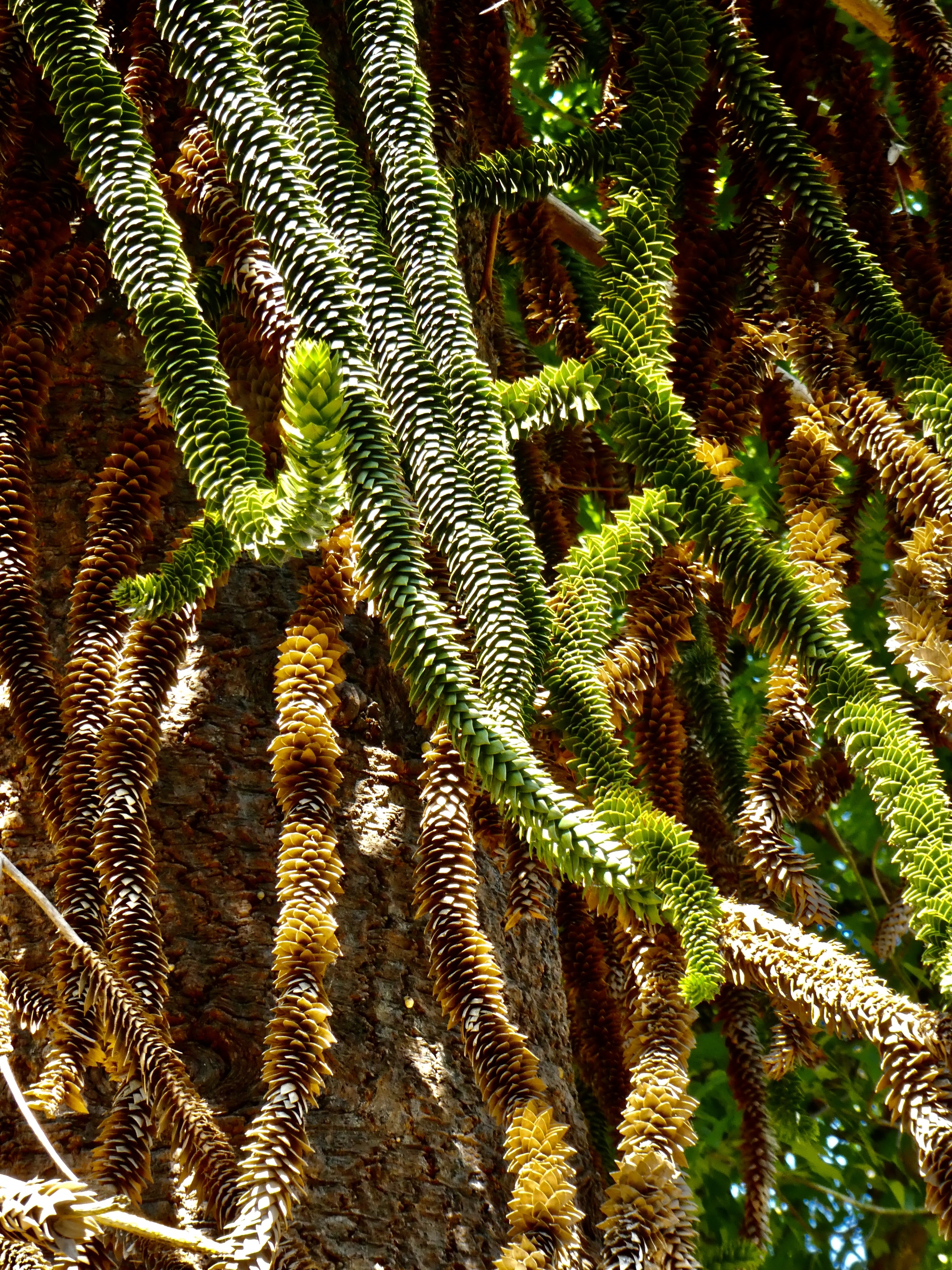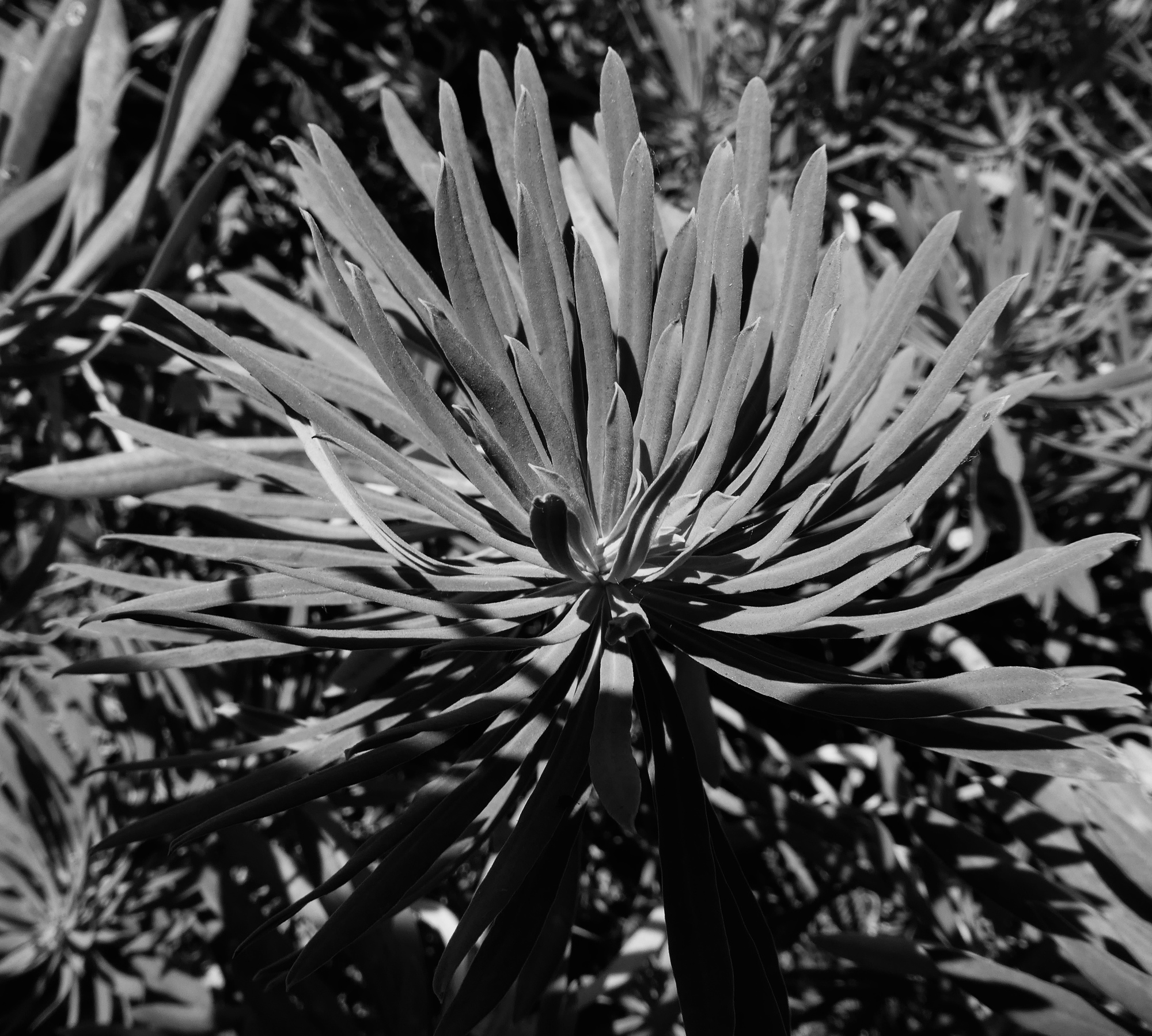August 5, 2020
The Portland Heritage Tree Quest, Group 15
I seem to be dragging my feet a bit as I near the finish line on this quest. We returned to Portland with only 22 trees still unseen - few enough that I could have mopped up with two outings. On the first one though I only saw seven trees; and today only five. At this rate I’ll still need two more rounds before closing the book.
There are the usual good reasons for this: it’s pretty warm out, other matters are commanding my attention, I’m a bit of a slug. But I think I’m also a bit reluctant to see it end and don’t feel inclined to rush through the remaining trees. And if I did, what excuse would I have then for not going out on an energetic training ride with my more ambitious partner?
Today I didn’t get out until noon or a bit after, by which time Rachael had already knocked off her mandatory 42 miles and was back home prepared to kick back all afternoon. I could have started earlier too, but I had a date with my sister Elizabeth - the first time we’ve sat down for a real conversation since back in March, before the world began shutting down. It’s incredible to think back on our joint birthday meal for her and Rachael in Terrance on the night before Governor Brown shut down all indoor dining statewide. Just four months, but it feels like a memory from a distant age. Today, Elizabeth and I sat outside in Jamieson Park, across the street from her (and our former) condo and caught up with a few months of news.
After that, I had a few pre-departure errands to run - drop my Pendleton shirt off for its semiannual dry cleaning; buy a new set of cycling gloves and a spare pump; pick up my new set of backup glasses to replace the ones that snapped last month. Did I mention we’re going to Croatia two weeks from today? It looks like we really are going to go, because we finally located a place to get our Covid tests right before departure. This was the last significant stumbling block, so barring last minute bad news we’re definitely going. Suddenly, departure feels very close. It must be time to learn a few Croatian travel phrases.
By the time I finally got out the door for today’s Quest episode it was already getting unpleasantly warm. I decided to concentrate on trees fairly close by and just take my time. At my age, you really have to be careful in the heat! It wouldn’t do to get heat stroke, get sick at the last minute, and jeopardize our departure.
I had eight trees on today’s list, and made it through the first five efficiently enough. The sixth one though, a hardy dove tree, stymied me. I arrived at the address I had written down for it but couldn’t see anything heritage-like at all. I have no idea what a hardy dove tree even looks like, so without knowing what to look for I just scratched it from the day’s card. Maybe there’s more than one of these in the catalog, or maybe I just wrote the address down wrong, or maybe the catalog itself is incorrect. It wouldn’t be the first time I’ve found that.
In any case, that snapped my momentum. By now it‘s almost four anyway. It’s hot, and it feels more prudent to just call it a day and a go hydrate somewhere before biking the long mile back to the apartment. I’ve still got almost two weeks left and only ten trees. Plenty of time.

| Heart | 3 | Comment | 2 | Link |

| Heart | 3 | Comment | 0 | Link |

| Heart | 2 | Comment | 0 | Link |

| Heart | 1 | Comment | 0 | Link |

| Heart | 2 | Comment | 0 | Link |

| Heart | 2 | Comment | 0 | Link |

| Heart | 1 | Comment | 0 | Link |

| Heart | 3 | Comment | 0 | Link |

| Heart | 1 | Comment | 0 | Link |

| Heart | 0 | Comment | 0 | Link |

| Heart | 1 | Comment | 2 | Link |
4 years ago

| Heart | 2 | Comment | 0 | Link |

| Heart | 1 | Comment | 0 | Link |

| Heart | 1 | Comment | 0 | Link |

| Heart | 1 | Comment | 2 | Link |
The wood is really tough! Makes good walking sticks if you can find a relatively straight limb.
https://en.wikipedia.org/wiki/Ostrya_virginiana
4 years ago
4 years ago

| Heart | 1 | Comment | 0 | Link |

| Heart | 2 | Comment | 0 | Link |

| Heart | 2 | Comment | 0 | Link |

| Heart | 2 | Comment | 0 | Link |

| Heart | 2 | Comment | 0 | Link |
Keeping score
Group 1 (7 species): grand fir, willow oak, hedge maple, Douglas fir, incense cedar, tulip tree, sugar maple.
Group 2 (9 species): silver maple, Japanese cedar, oriental plane tree, European beech, American chestnut, copper beech, mockernut hickory, basswood, butternut.
Group 3 (9 species): ginkgo, crape maple, northern red oak, deodar cedar, bigleaf linden, giant sequoia, coast redwood, Japanese pagoda tree, Mount Fuji flowering cherry.
Group 4 (8 species): Zelkova, Carolina poplar, Japanese red pine, Katsura, bur oak, river birch, catalpa, wych elm.
Group 5 (8 species): Monkey puzzle tree, western white pine, boulevard cypress, madrone, single needle pinyon, pecan, Coulter pine, Monterey pine.
Group 5-1/4 (2 species): Port Orford cedar, English yew
Group 6 (6 species): White fir, Atlas cedar, Cedar of Lebanon, Endlicher pine, Dawn redwood, Umbrella pine.
Group 7 (6 species): China Fir, Blue Atlas Cedar, Eastern White Pine, Ponderosa Pine, Sitka Spruce, Yellow Bellflower Apple.
Group 8 (5 species): Himalayan Pine, Gray Pine, Apache Pine, Italian Stone Pine, Loblolly Pine
Group 9 (6 species): Sycamore Maple, Japanese Larch, Spanish Chestnut, Weeping Willow, Oregon White Oak, Oregon Myrtle.
Group 9.5 (4 species): Southern Magnolia, Empress Tree, Saucer Magnolia, Yoshino Cherry.
Group 10 (4 species): Apricot, Weeping Cherry, Rhododendron, Gravenstein Apple.
Group 11 (10 species): Common Horse Chestnut, English Walnut, European Hornbeam, American Persimmon, Silver Linden, Sasafrass, Southern Catalpa, Bigleaf Maple, Pacific Dogwood, California Buckeye.
Group 12 (7 species): English Elm, London Plane Tree, Scarlet Oak, Chestnut Oak, Caucasian Wingnut, Smooth-leaf Elm, American Sycamore.
Group 12, continued (4 species): American sweetgum, Judas tree, Canyon live oak, European white elm.
Group 13 (9 species): Black walnut, Pin oak, American elm, Cucumber tree (?), Duch elm, Ohio buckeye, Shellbark hickory, Oregon ash, Weeping beech.
Group 14 (7 species): Japanese maple, Lavelle Hawthorn, Mountain silverbell, Persian ironwood, Cryptomeria, Bald cypress, Lacebark Pine.
Group 15 (5 species): Camperdown Elm, Bigleaf Linden, Tartan Elm, American Hop-Hornbeam, American Ash.
Dropped: Paradox Walnut, which I couldn’t find and may no longer exist.
| Rate this entry's writing | Heart | 4 |
| Comment on this entry | Comment | 1 |





4 years ago
4 years ago